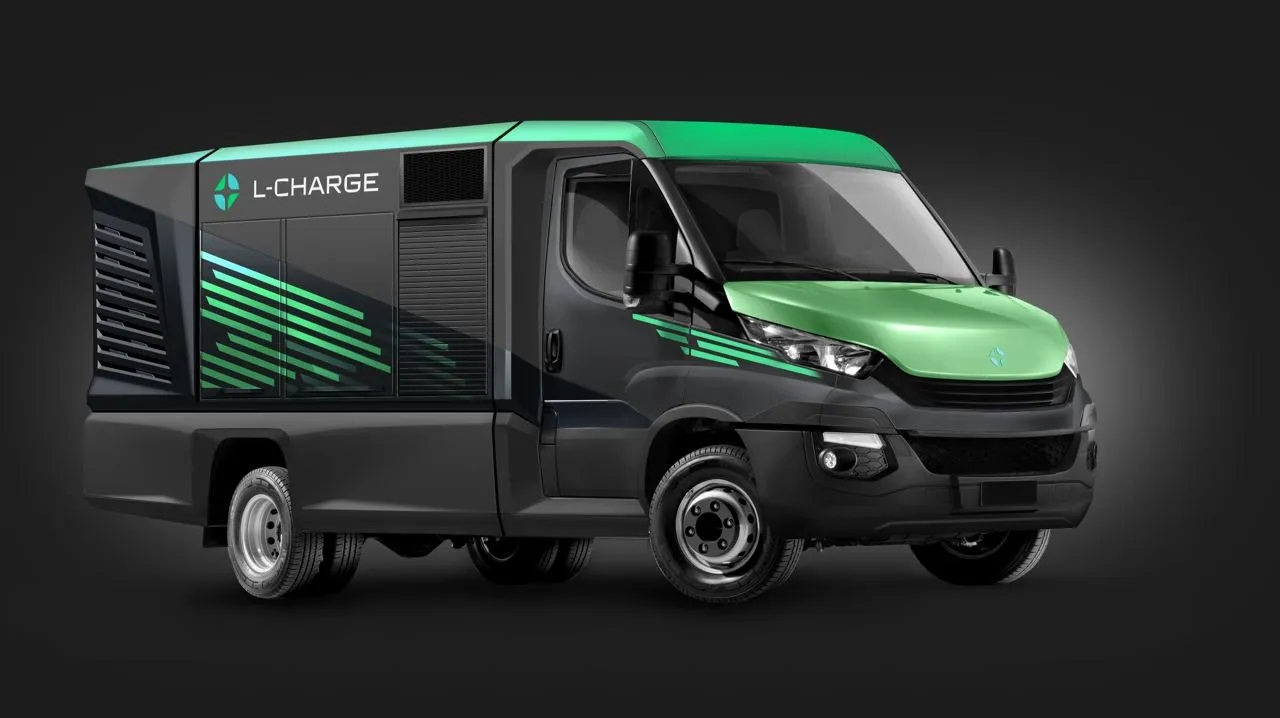According to Franco Gonzalez, senior technology analyst, IDTechEx, there are about 200 companies making traction motors for electric vehicles, rather like the 200 making the lithium-ion batteries that increasingly power them. However, whereas three types of lithium-ion battery chemistry and construction are taking almost all of the business, with traction motors the situation is much more complex because the diversity of needs calls for many very different types of motor from brushless out-runner motors for
February 26, 2016
Read time: 3 mins
According to Franco Gonzalez, senior technology analyst, 6582 IDTechEx, there are about 200 companies making traction motors for electric vehicles, rather like the 200 making the lithium-ion batteries that increasingly power them. However, whereas three types of lithium-ion battery chemistry and construction are taking almost all of the business, with traction motors the situation is much more complex because the diversity of needs calls for many very different types of motor from brushless out-runner motors for quad-copters to claw pole torque assist reversing alternators (TARA) for the new 48V mild hybrids that will be in volume production from 2017. Those mild hybrids will now qualify as electric vehicles because they will have pure electric silent take-off like regular ‘strong’ hybrids.
While it is true that an increasing number of traction motors for regular electric vehicles also work in reverse to generate electricity from braking and even when coasting, they are very different from TARAs which typically appear as belt-drive starter generators (BSG) and integrated starter generators (ISG) in 48V mild hybrids appearing in volume from 2017.
Mainstream electric vehicle reversing traction motors generate very infrequently whereas the opposite is true for a TARA. Regular hybrids and pure electric vehicles used hundreds of volts in most cases though there are a few that work at 48V including industrial and leisure runabouts and one supercar announced in 2016. The new IDTechEx Research report, Mild Hybrid 48V Vehicles 2016-2031, looks at the synergies, opportunities and market potential in 48V systems for mild hybrids and, much less important, pure electric vehicles.
Chairman of IDTechEx, Dr Peter Harrop says, “It is important to look at the whole picture to see what is coming in traction motors for EVs. For instance those chasing efficiency and power to weight ratio may watch energy independent electric vehicles (EIV) because they have the most extreme requirements of all in the light-weighting and efficiency arena.
“Newcastle University in the UK is designing such motors for the Boeing drones that will stay up for five years at a time. On the other hand, we recently interviewed Nuon Solar Team, the winner of the Bridgestone trans-Australia 3000 kilometre solar race, and they claim a remarkable 96 per cent efficiency for the motors they design and use. Few regular electric cars even reach 90 per cent. Another solar team in the Netherlands has made a four seat EIV that has so many solar panels it can not only perform its tasks but donate energy to the grid as well and that claims 97 per cent efficiency for its electric motor.”
While it is true that an increasing number of traction motors for regular electric vehicles also work in reverse to generate electricity from braking and even when coasting, they are very different from TARAs which typically appear as belt-drive starter generators (BSG) and integrated starter generators (ISG) in 48V mild hybrids appearing in volume from 2017.
Mainstream electric vehicle reversing traction motors generate very infrequently whereas the opposite is true for a TARA. Regular hybrids and pure electric vehicles used hundreds of volts in most cases though there are a few that work at 48V including industrial and leisure runabouts and one supercar announced in 2016. The new IDTechEx Research report, Mild Hybrid 48V Vehicles 2016-2031, looks at the synergies, opportunities and market potential in 48V systems for mild hybrids and, much less important, pure electric vehicles.
Chairman of IDTechEx, Dr Peter Harrop says, “It is important to look at the whole picture to see what is coming in traction motors for EVs. For instance those chasing efficiency and power to weight ratio may watch energy independent electric vehicles (EIV) because they have the most extreme requirements of all in the light-weighting and efficiency arena.
“Newcastle University in the UK is designing such motors for the Boeing drones that will stay up for five years at a time. On the other hand, we recently interviewed Nuon Solar Team, the winner of the Bridgestone trans-Australia 3000 kilometre solar race, and they claim a remarkable 96 per cent efficiency for the motors they design and use. Few regular electric cars even reach 90 per cent. Another solar team in the Netherlands has made a four seat EIV that has so many solar panels it can not only perform its tasks but donate energy to the grid as well and that claims 97 per cent efficiency for its electric motor.”









